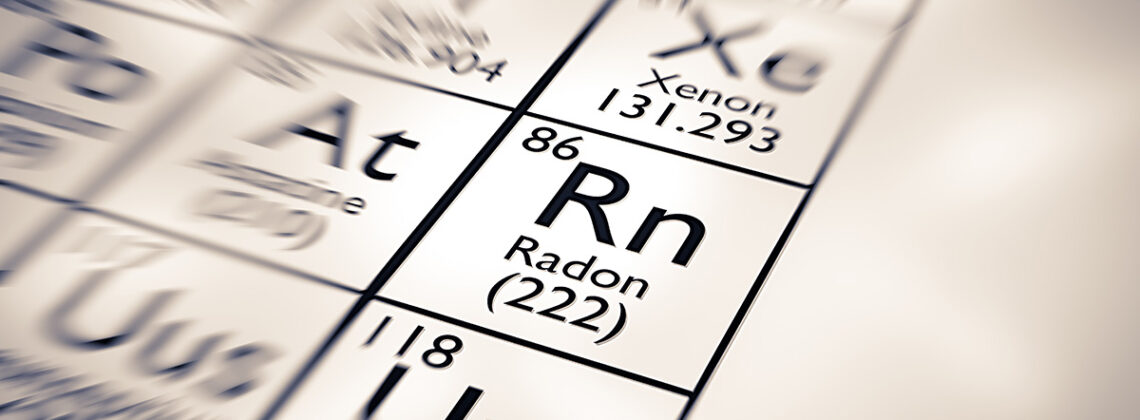
The Environmental Protection Agency (epa.gov) defines radon as a naturally occurring radioactive gas that can cause lung cancer. Do you ever think about your home’s radon levels? If you answered no, you’re not alone. Many homeowners aren’t aware of what radon is or where it originates. Here’s what you should know about radon.
What is radon?
Radon is a colorless, odorless, radioactive gas that forms from decayed radioactive elements like uranium. It’s a dangerous gas that we can’t detect on our own. Radon is found in soil and can enter a home through cracks in the foundation and walls. Radon levels are usually highest in basements and crawlspaces since these spaces are closest to the soil.
Why is radon dangerous?
According to the EPA, radon is the leading cause of lung cancer deaths among nonsmokers. When radon breaks down into solid radioactive elements, it attaches to dust and particles floating through the air. Once radon is airborne, it is possible to inhale. Because we can’t see, smell, or taste it, we’re not able to identify our home’s radon levels unless we get them tested.
Which homes need to be tested?
No home is exempt. From mid-century to new construction, homes of all types need to be tested for radon. It’s the only way you’ll know your radon exposure levels. It’s important not to rely on test results from other homes in your neighborhood. Your next-door neighbor may have completely different radon levels than that of your home.
How do you test your home for radon?
Hire a professional who specializes in radon testing to test your home’s radon levels. They will use a testing device to monitor your home’s radon levels over a period of time (typically 2-5 days). Professionals will then analyze the results and advise you if it’s necessary to take further action. Fortunately, correcting radon levels is easy and relatively inexpensive. Plus, they’ll answer any questions you may have about radon.
Potential solutions for high radon levels
If you find that your home has high radon levels, contact a qualified radon mitigation contractor. They will install a radon mitigation system. The mitigation system draws the radon from beneath your home and releases it to the outside with a fan. The average cost of this system ranges from $800 to $1,500.
For info, visit RadonResources.com. The National Radon Directory is the only database that consolidates state and county-specific radon information into one centralized location for the benefit of local search capabilities and national research.
